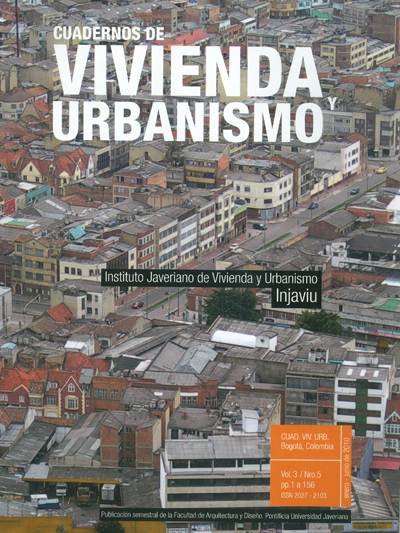Abstract
This study aimed to examine the implications on the urban dynamics of the district of "Praia Grande", located in the historic city of Sao Luis, Brazil, related to the implementation of the Preservation and Urban Revitalization Program in the late 1970s. Documental research and participant observation to capture the changes brought about in its urban space were used. It is possible to see how the tourist refunctionalization impacted the central district physically and symbolically. Another finding is the approach taken by the contradictory cultural heritage in that a number of factors was selected to (re)build a sense of identity and memory of the city and, at the same time, that it contributed to the depersonalization when it became a mere product marketed for tourism.
This journal is registered under a Creative Commons Attribution 4.0 International Public License. Thus, this work may be reproduced, distributed, and publicly shared in digital format, as long as the names of the authors and Pontificia Universidad Javeriana are acknowledged. Others are allowed to quote, adapt, transform, auto-archive, republish, and create based on this material, for any purpose (even commercial ones), provided the authorship is duly acknowledged, a link to the original work is provided, and it is specified if changes have been made. Pontificia Universidad Javeriana does not hold the rights of published works and the authors are solely responsible for the contents of their works; they keep the moral, intellectual, privacy, and publicity rights.
Approving the intervention of the work (review, copy-editing, translation, layout) and the following outreach, are granted through an use license and not through an assignment of rights. This means the journal and Pontificia Universidad Javeriana cannot be held responsible for any ethical malpractice by the authors. As a consequence of the protection granted by the use license, the journal is not required to publish recantations or modify information already published, unless the errata stems from the editorial management process. Publishing contents in this journal does not generate royalties for contributors.


